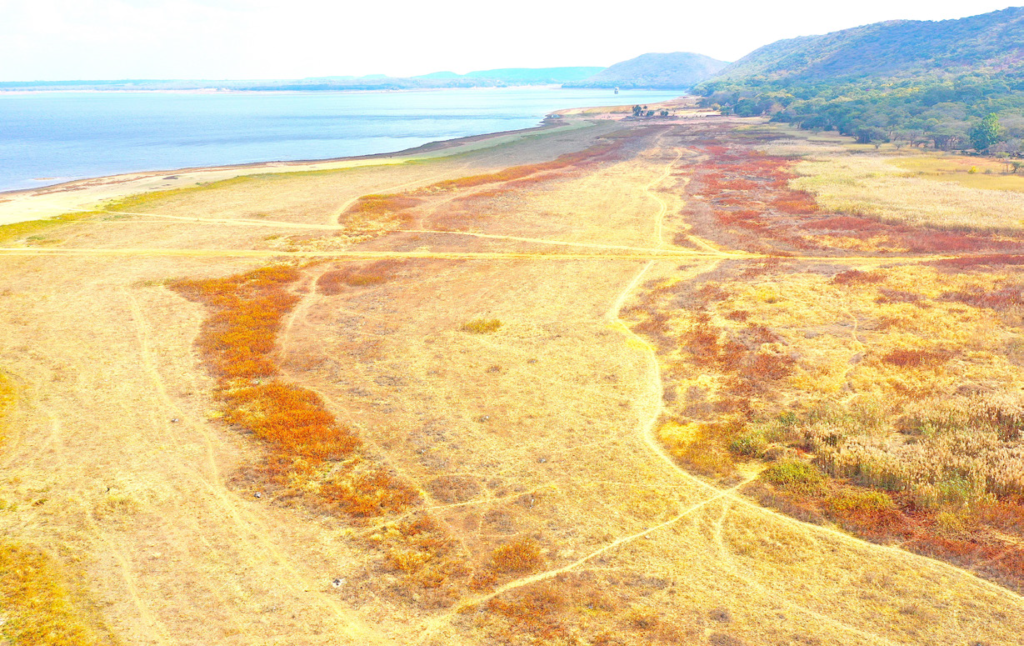Environmentalists are still guided by a notion that Harare was built in areas surrounded by wetlands. Research conducted has shown that greater part of the city has wetland areas.
Since time immemorial, the extensive network of water-rich low lands has benefited both humans and ecological systems. However, the harmonious beneficiation has come to elapse with the increase in human activities.
Ecologically, wetlands are a permanent shields for endangered species, flora and fauna.
The most adorable process is the natural purification of water which runs directly into river basins. Wetlands play multiple roles in providing ecosystem services.
Harare’s case has seen wetlands being affected by pollution. Wetlands try by all means to provide natural purification processes, but albeit to a certain limit.
“Harare’s water crisis will not be resolved through borehole drilling but the ability to hold a sustainable future for local wetlands,” says Julia Pierini, an Environmentalist.
Local Authorities could be spending millions of dollars on water treatment chemicals for due to reduced water quality.
Selestino Chari, Harare Wetlands Trust, Programs Manager reiterated that local authorities are spending more than double on water processing chemicals. Embracing sustainable wetlands preservation would effectively ease local authorities’ budget expenditures.
“Wetlands present water purification natural processes. This means that prioritization of natural conservancy would approximately scale-down the budget by 50 percent.”
Environmentalists and the Civic Society Organisations (CSOs) have been lobbying with Local Authorities to deal with emerging developments on wetlands. The housing developments in some wetlands located in Zimbabwe’s capital city has also become an issue of concern.
In an interview with Green Business Gazette, Bornwel Choga, another Environmentalist, confirmed the link between Harare’s wetlands and Lake Chivero.
“Both Upper Marimba and Lower Marimba rivers originate from wetlands and they feed directly into Lake Chivero.”
“Mabvuku spring gives rise to the development of a wetland which gave birth to Mukuvisi River a major tributary which feeds into Chivero Dam.”
Illegal land developments have resulted in the siltation of local rivers a major threat to the sustainable future of Lake Chivero.
Professor Christopher Magadza University of Zimbabwe Department of Ecological Studies said waters of Lake Chivero have dwindled due to siltation of tributaries and streams.
“Siltation has affected the depth of the lake and this will worsen water crisis in the City of Harare.”
According to the renowned Professor, the depth of the Lake has been reduced from 41 metres in 2010 to only 17 metres in 2019. The statistics are based on his research findings as a University Lecturer.
“We usually come to measure the depth of the lake on a periodic basis. Ten years ago the depth was 41metres, but it has been reduced to 27 metres and today the depth is 17 metres.”
Professor Magadza cited wetlands invasion as the main culprit to the siltation of the water body which is the only hope for the Capital City.
“Wetlands Invasion is the main cause of siltation of Lake Chivero. Failure to curb the ongoing activities will affect Harare”.
Waste disposal from unsustainable catchment activities have contaminated the life-saving waters of Chivero Dam.
Before the onset of the current predicament, wetlands used to neutralize anthropogenic substances and waste through natural purification.
Both aquatic life and biodiversity at the biggest water body is now poised for extinction.
Perturbed by the developments, Minister of Environment, Climate, Tourism and Hospitality, Honourable Mangaliso Ndlovu has launched a campaign to declare Lake Chivero and Darwendale Dams as Ecologically Sensitive areas.
This will be done in terms of (113) (1) of the Environmental Management Act (EMA) [Chapter 20:17] as read with Section 7 (2) (a) of the Environmental Management (Efluent and Solid Waste Disposal) Regulations 2007 (Statutory Instrument 6 of 2007).
“The Minister of Environment, Climate, Tourism and Hospitality Industry intends to declare Chivero and Darwendale Dams and their respective catchments as Ecologically Sensitive Areas, The declaration also seeks to facilitate the restoration of ecological health of the water bodies allowing Harare and its satellite towns to continue the ecosystem services that they provide,” reads part of the Press Statement issued by EMA.
The development will probably spare wetlands and existing water bodies from human activities.
Wetlands Background
Calls to uphold Wetlands Preservation and Protection was adopted in 1971 by a group of environmentalists who met in Iran at a place known as Ramsar.
This became known as the Ramsar Convention. Zimbabwe is amongst global nations which are signatories to United Nations Convention on Wetlands Protection.
Environmentalists have been pushing for the domestication of the Ramsar Guidelines on Wetlands Protection.
Monavale Vlei is an example of a Ramsar Site which is found in the Capital City along the Lower Marimba River.

